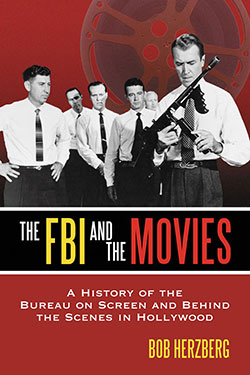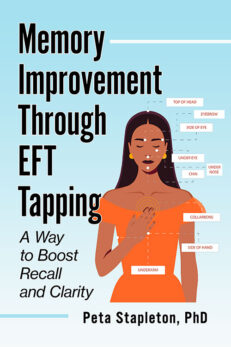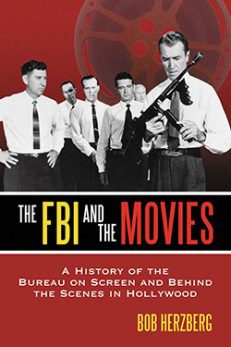The FBI and the Movies
A History of the Bureau on Screen and Behind the Scenes in Hollywood
$39.95
In stock
About the Book
On June 29, 1908, U.S. Attorney General Charles Bonaparte ordered the creation of a special force within the Department of Justice. Consisting of 28 agents and eight former Treasury Department investigators, it was designed to stop interstate crimes yet had no power to arrest perpetrators or carry firearms. Named the Bureau of Investigation, the agency was soon bogged down with its own inherent problems, becoming an object of corruption and contempt—until May 19, 1924. On that date, President Calvin Coolidge appointed J. Edgar Hoover to replace the corrupt director. Hard-working with a no-nonsense attitude, Hoover immediately set about reorganizing the bureau, setting a standard that he expected his agents to follow. Hoover, impressed by Hollywood’s manner of maintaining an image and manipulating the media, began to use some of these tricks to clean up his agency’s image. Thanks in part to his efforts, movies of the 1930s shifted from glorifying outlaws and gangsters to glorifying lawmakers—and who better to play that role than Hoover’s new, improved FBI?
From crime-busting heroes to enemies of free speech, this volume examines the evolution of Hollywood’s portrait of the FBI over the last 75 years. The book looks in-depth at how Hollywood’s creative rewriting of history enhanced the FBI’s reputation and discusses the historical events that shaped the bureau off-screen, including the various figures who tell the real FBI story—the gangsters, the politicians, the journalists, the communists. The main body of the work examines the filmmakers, actors, technicians, writers and producers who were responsible for FBI films, following the FBI from the birth of a cultural icon in the 1930s, through the spy-busting war years and the threat of the Red Menace, and, finally, to death of Hoover and the scandals of the 1960s. Studio correspondence and once confidential FBI memos are also included.
About the Author(s)
Bibliographic Details
Bob Herzberg
Format: softcover (6 x 9)
Pages: 288
Bibliographic Info: 47 photos, bibliography, index
Copyright Date: 2007
pISBN: 978-0-7864-2755-0
eISBN: 978-1-4766-0859-4
Imprint: McFarland
Table of Contents
Acknowledgments vii
Introduction 1
PART I
The 1930s: The Birth of a Cultural Icon
1. Gangbusters—The Long Road to G-Men 13
2. Crimefighters—Icons of the FBI Film 30
3. Agents of Influence—Public Enemy’s Wife and Real Public
Enemies 48
4. Crooks and Chiselers—The Bureau’s Reputation Grows as
Public Enemies Disappear 58
PART II
The War Years, 1939–1945: From Gangbusters to Spy Smashers
5. Fifth Columns—The Confessions Behind Confessions of a Nazi Spy 71
6. Security Matters—The FBI Tackles National Socialism On and Off Screen 83
7. Racketeers—The Machinations Behind Roger Touhy, Gangster 96
8. Undercover Men—The FBI and the Docudrama 106
PART III
The Cold War, 1946–1959
9. Conspirators—The FBI and the Red Menace 123
10. Mirror Images—I Was a Communist for the FBI and Other Divided Loyalties 133
11. Espionage Agents—Judith Coplon and FBI Girl 148
12. Enemies of Freedom—Red-Baiting and the FBI 159
13. Flag-Wavers—Pickup on South Street and Euphemisms for Subversion 169
14. Risk-Takers—More Commie-Hunting and More Schlock as American Society Changes 182
15. Family Ties—The Story Behind The FBI Story 195
PART IV
The 1960s and Beyond: Open Files
16. Shadow Governments—The FBI and a Country in Turmoil 215
17. Cat Chasers—The FBI and the Kiddie Film 230
18. Scandals—The FBI’s Image Is Tarnished, Hoover Dies and Hollywood Goes Into His “Private Files” 239
19. Parting Shots—The FBI Film in the Last Quarter of the 20th Century 251
20. Legacies—The FBI and Hollywood in the Age of Terrorism 261
Bibliography 267
Index 269
Book Reviews & Awards
“fascinating…deftly researched…well-documented…extremely detailed…lively historical accounts of what was going on at the FBI at the time…solid bibliography and a well-constructed index”—Law Library Journal.





